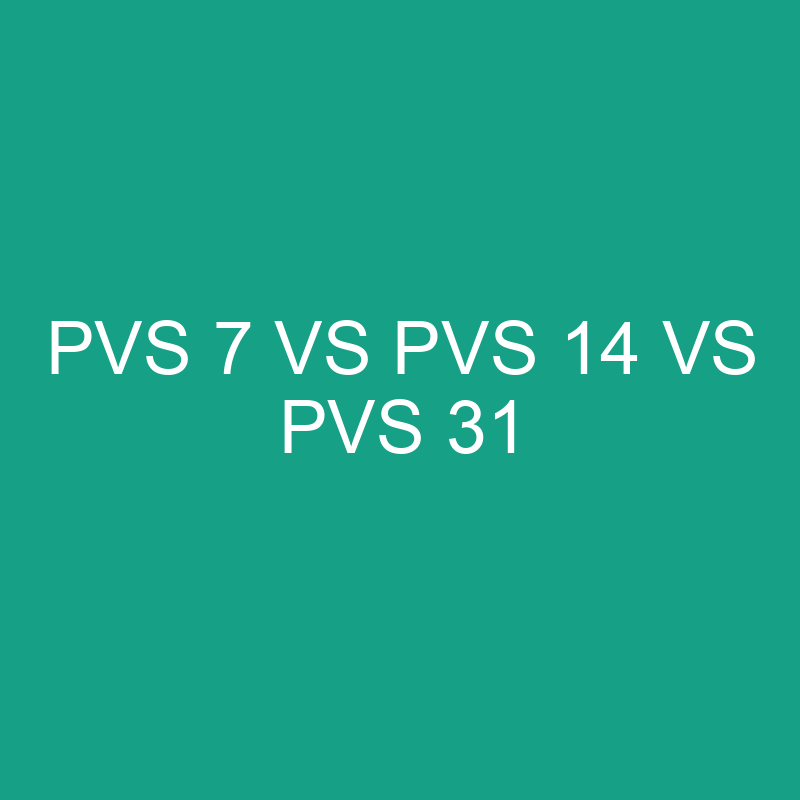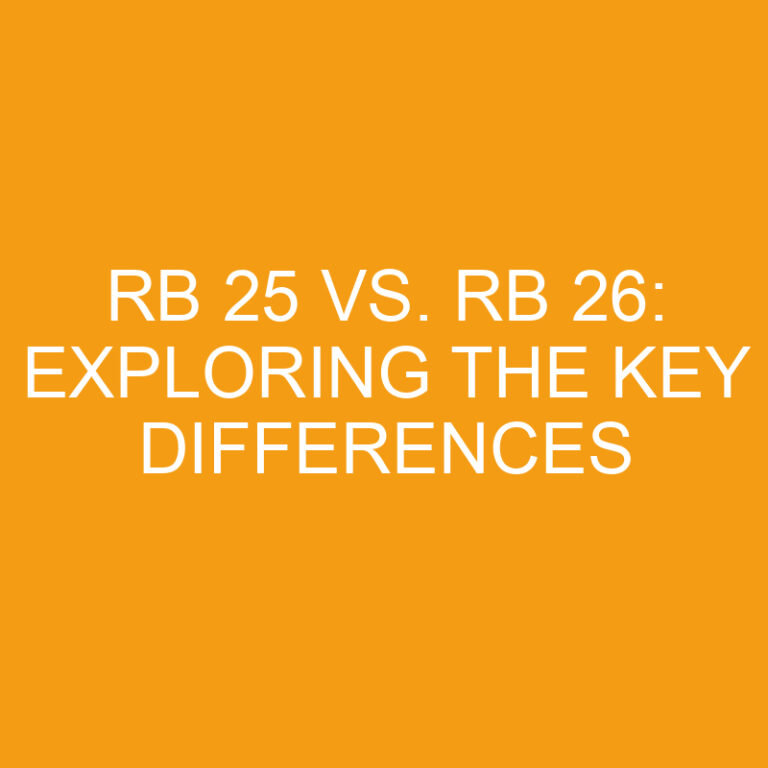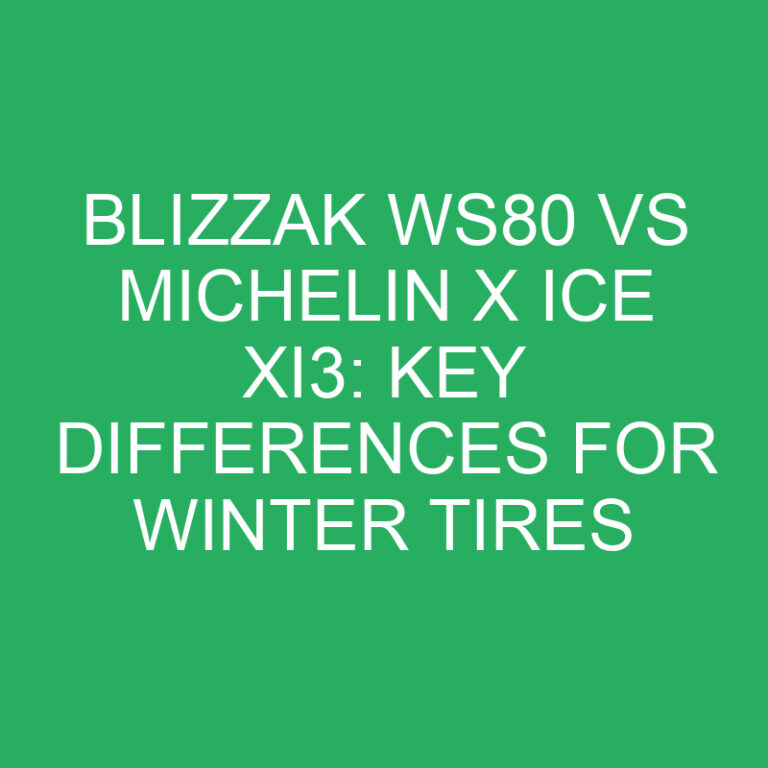
A Comprehensive Comparison of PVS-7, PVS-14, and PVS-31 Night Vision Goggles
Night Vision Goggles (NVGs) have become indispensable tools in various fields, enabling individuals to operate effectively in low-light or no-light conditions. Among the wide array of NVGs available, the PVS-7, PVS-14, and PVS-31 stand out as prominent choices. In this detailed comparison, we will explore the features, specifications, applications, and advantages of these three night vision systems. Understanding their differences can aid users in making informed decisions based on their specific needs and operational requirements.
Post Contents
1. Introduction to Night Vision Goggles (NVGs)
1.1 Purpose and Applications:
Night Vision Goggles are optical devices that use image intensifier technology to amplify existing light, allowing users to see in low-light conditions. They are widely employed in military, law enforcement, surveillance, search and rescue, and various recreational activities.
1.2 Key Components:
- Objective Lens: Gathers ambient light.
- Image Intensifier Tube: Converts gathered light into an electronic signal.
- Eyepiece or Ocular Lens: Presents the intensified image to the user.
- Power Supply: Supplies electrical power for the operation.
- Housing and Mounting System: Protects internal components and facilitates attachment to headgear.
2. PVS-7: Single-Tube Night Vision Goggle
2.1 Overview:
The PVS-7 is a single-tube night vision goggle designed for versatility and ease of use. It features a single intensifier tube and is commonly used by military and law enforcement personnel.
2.2 Key Features:
- Single-Tube Design: Utilizes one image intensifier tube.
- Binocular Configuration: Offers stereoscopic vision.
- Head-Mounted: Typically worn on the head using a headgear assembly.
- Hands-Free Operation: Leaves hands free for other tasks.
2.3 Applications:
- Military Operations: Used for reconnaissance, surveillance, and navigation.
- Law Enforcement: Deployed for tactical operations and surveillance.
- Search and Rescue: Aids in locating individuals in low-light conditions.
2.4 Advantages:
- Ease of Use: Simplicity in design and operation.
- Affordability: Often more budget-friendly compared to dual-tube systems.
- Hands-Free Operation: Allows users to perform tasks while using the NVG.
3. PVS-14: Monocular Night Vision Goggle
3.1 Overview:
The PVS-14 is a monocular night vision goggle renowned for its versatility and adaptability. It is commonly used by military personnel, law enforcement, and civilians.
3.2 Key Features:
- Monocular Design: Features a single intensifier tube.
- Adaptable Configuration: Can be used as a handheld device, weapon sight, or head-mounted.
- Helmet and Weapon Mountable: Offers multiple mounting options.
- Automatic Brightness Control: Adjusts brightness based on ambient light conditions.
3.3 Applications:
- Military and Special Forces: Deployed for various military applications, including special operations.
- Law Enforcement Tactical Units: Used in tactical situations for enhanced visibility.
- Outdoor Enthusiasts: Popular among hunters, campers, and wildlife observers.
3.4 Advantages:
- Versatility: Adaptable for various applications and mounting options.
- Compact Size: Relatively compact and lightweight compared to some dual-tube systems.
- Weapon Compatibility: Can be mounted on weapons for aiming in low-light conditions.
4. PVS-31: Dual-Tube Night Vision Binoculars
4.1 Overview:
The PVS-31 is a dual-tube night vision goggle known for its advanced features and exceptional performance. It is often used in demanding military and special operations.
4.2 Key Features:
- Dual-Tube Design: Incorporates two intensifier tubes for stereoscopic vision.
- Wide Field of View: Provides a broad field of vision.
- Auto-Gating Technology: Protects the user’s eyes from sudden changes in light.
- Helmet Mountable: Designed for helmet-mounted use.
4.3 Applications:
- Military Special Operations: Used in high-stakes and demanding military operations.
- Search and Rescue Missions: Provides enhanced visibility in challenging environments.
- Law Enforcement Tactical Units: Deployed for precision and situational awareness.
4.4 Advantages:
- Stereoscopic Vision: Dual-tube design enhances depth perception.
- Advanced Technology: Incorporates features like auto-gating for improved performance.
- Wide Field of View: Offers a broad visual perspective.
5. Comparative Analysis: PVS-7 vs. PVS-14 vs. PVS-31
5.1 Design and Construction:
- PVS-7: Binocular design with a single intensifier tube; relatively simple construction.
- PVS-14: Monocular design with adaptable configurations; versatile but less advanced than dual-tube systems.
- PVS-31: Dual-tube design with advanced features; designed for demanding applications.
5.2 Weight and Size:
- PVS-7: Generally compact and lightweight.
- PVS-14: Relatively lightweight and compact.
- PVS-31: May be heavier due to the dual-tube design and advanced features.
5.3 Field of View:
- PVS-7: Binocular configuration provides a wider field of view.
- PVS-14: Offers a moderate field of view.
- PVS-31: Provides a wide field of view for enhanced situational awareness.
5.4 Image Quality:
- PVS-7: Image quality is generally good, but it may vary.
- PVS-14: Offers good image quality for a monocular system.
- PVS-31: Dual-tube design enhances image quality and depth perception.
5.5 Price Range:
- PVS-7: Often more affordable compared to dual-tube systems.
- PVS-14: Falls within a moderate price range.
- PVS-31: May be relatively more expensive due to advanced features.
5.6 Adaptability:
- PVS-7: Limited adaptability due to the binocular design.
- PVS-14: Highly adaptable for various uses and mounting options.
- PVS-31: Designed for helmet-mounted use, less adaptable in terms of configurations.
5.7 Applications:
- PVS-7: Suited for general-purpose use in military and law enforcement.
- PVS-14: Versatile and widely used in various applications.
- PVS-31: Specialized for demanding military operations and high-stakes scenarios.
6. Conclusion: Selecting the Right Night Vision Goggle
Choosing the right Night Vision Goggle depends on the specific requirements and preferences of the user. The PVS-7, PVS-14, and PVS-31 each have their unique strengths and applications. The decision should be based on factors such as the intended use, budget considerations, and the need for advanced features.
Considerations for Choosing:
- Intended Use: Assess the primary applications, whether it’s military operations, law enforcement, or recreational activities.
- Budget Constraints: Evaluate the budget available for the purchase, considering that more advanced features may come at a higher cost.
- Adaptability: Consider the need for adaptability, whether the NVG will be used in various configurations or mounting options.
- Weight and Size Preferences: Consider the comfort and mobility requirements, especially for extended use.
In conclusion, Night Vision Goggles have revolutionized the way individuals operate in low-light environments, providing a significant advantage in various fields. The PVS-7, PVS-14, and PVS-31 exemplify different levels of technology and versatility, catering to a diverse range of users with distinct operational needs. Understanding the features and differences outlined in this comprehensive comparison will assist users in making well-informed decisions when selecting the most suitable Night Vision Goggle for their specific requirements.






